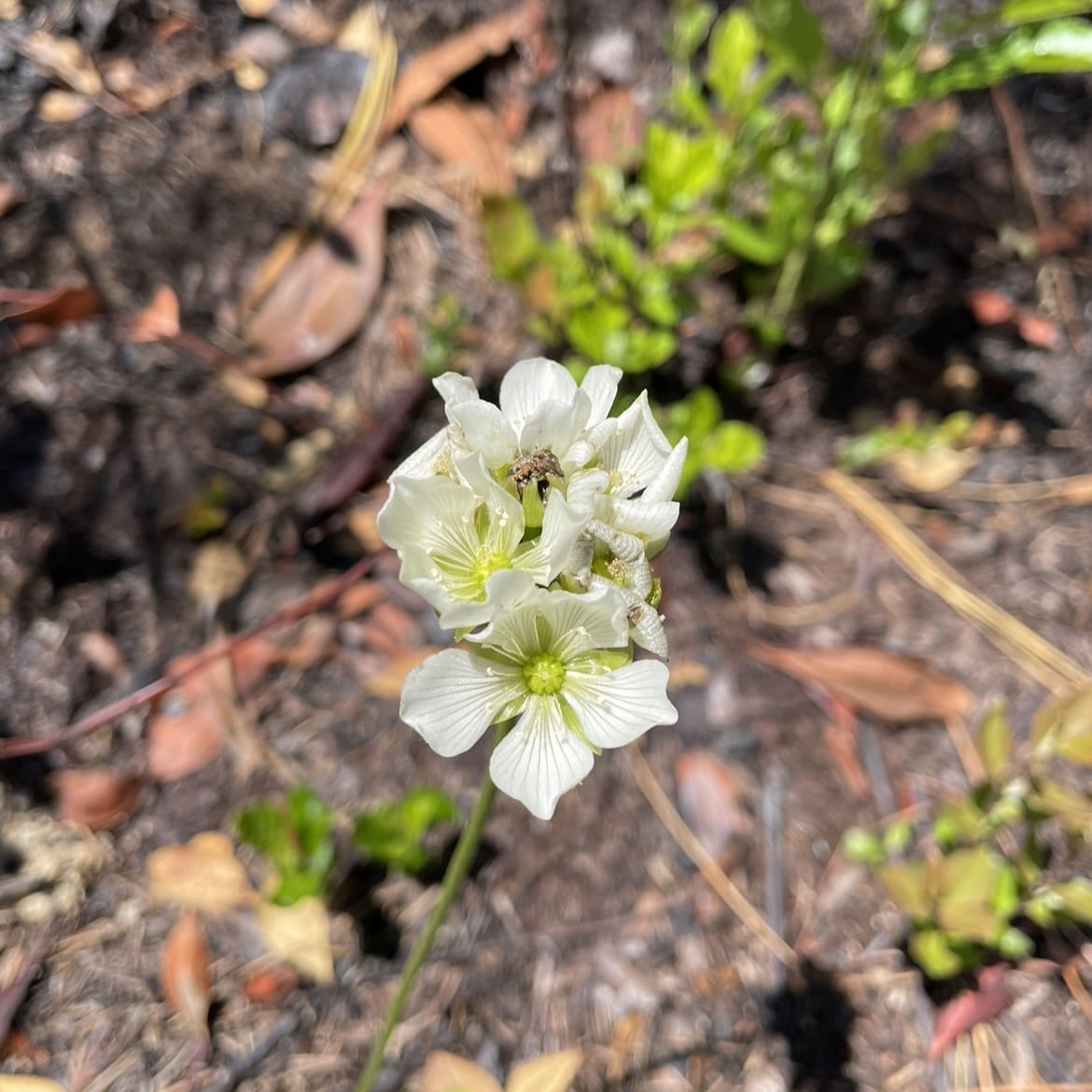
The Venus flytrap, Dionaea muscipula, is a unique and strange looking species that conjures up images of deep, mysterious jungles or Little Shop of Horrors. Believe it or not, this amazing species is neither from the deep tropics nor a thing of fiction. Venus flytraps are not only quite real, they are native right here in the Southeast! More specifically they are endemic – the coastal regions of SC and NC are the only places in the world this species is found! As if this native, global range wasn’t restrictive enough development and fire suppression has led to a significant loss of habitat. Poaching is also a serious issue. Venus flytraps are now only known to Horry County, SC and the southeast corner of NC. Because of the global importance and the population loss, Venus flytraps have become a hot topic of conservation efforts in the area. The US Fish & Wildlife Service is currently considering this species for federal protection under the Endangered Species Act and is considered threatened in North Carolina. As of May 8th 2023, the Venus flytrap was named the official carnivorous plant of South Carolina!

As was just mentioned, Venus flytraps are carnivorous plants. That means that they subsidize their “diet” with insects due to poor nutrient availability in the soil. The traps are actually modified leaves and they contain trigger hairs. If two or more of those hairs are touched at the same time, it causes the trap to close. Once the traps are closed, digestive enzymes break down the insect for absorption into the plant. The digestion process can take up to 20 days after which the trap re-opens. The exoskeleton of the insect remains and is often blown away by the wind. Despite the name, Venus flytraps primarily feed on ants and spiders, rarely catching actual flies. Venus flytraps reproduce primarily through seed after their flowers are pollinated by bees, butterflies, and other flying insects. The relatively tall white flowers are produced in May and June and the seed develops in June through July.
Venus flytraps are available commercially, but always be sure to purchase from reputable growers and never remove Venus flytraps from the wild. They should be grown in sphagnum moss or an equal mix of peat moss and sand. The soil should be kept moist at all times. Venus flytraps are sensitive to water quality and require collected rain water or distilled water. They can be grown outside in South Carolina in full to partial sun.


